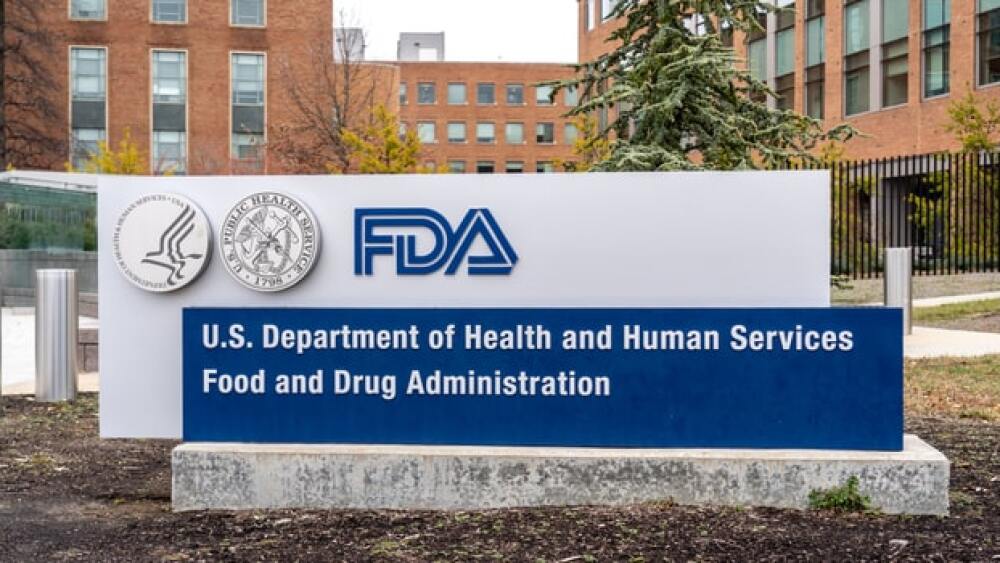The large-scale study of nearly 12,000 hospitalized patients highlights continuous multiparameter vital sign monitoring resulted in significant positive impact on patient outcomes
DENVER--(BUSINESS WIRE)--BioIntelliSense, a continuous health monitoring and clinical intelligence company, today announced publication of peer-reviewed research in the Journal of Clinical Medicine titled, “A Retrospective Observational Study of Continuous Wireless Vital Sign Monitoring via a Medical Grade Wearable Device on Hospitalized Floor Patients.”
This study, which was conducted over 15 months in the medical-surgical units of two U.S. hospitals, highlights the transformative potential of medical-grade wearable monitoring technology and algorithmic-based analytics to enhance patient care. The results demonstrated a reduction in patient length of stay, low alert notification rates reducing alert fatigue, and early clinical intervention when patients experienced deterioration events.
The study utilized the BioIntelliSense BioButton, a multi-parameter continuous monitoring device, placed on a patient’s upper left chest upon hospital admission. The BioButton continuously measured core vital signs including heart rate at rest, respiratory rate at rest, skin temperature, and activity levels, collecting up to 1,440 measurements per patient per day. A total of more than 651,000 patient-hours of vital sign readings were captured over the 15-month period, far exceeding what is possible with today’s manual and episodic spot-check collection methods.
The continuous data was wirelessly and securely transmitted via a BioHub™ Wi-Fi® enabled gateway to the BioIntelliSense BioCloud™ for analysis which employed algorithmic and rules-based notifications to alert healthcare providers to adverse vital sign trends and early indications of potential patient deterioration, on average 14.8 hours prior to the patient presenting symptomatic changes.
“The study underscores the value of implementing continuous monitoring wearable technology, combined with algorithmic-based data analytics, in general care areas of the hospital to automate vital sign collection and to deliver clinical intelligence for actionable decision making,” said James Mault, MD, CEO and Founder of BioIntelliSense. “The BioButton system’s ability to deliver timely and accurate notifications enables earlier detection of clinical deterioration and plays a critical role in proactively managing a patient’s health outcomes.”
Key findings from the study include:
- Reduction in hospital stays: length of stay (LOS) in the first unit monitored by the system showed a decreasing trend from 3.07 days to 2.75 days over 12 months which delivers an economic benefit for hospitals and improved satisfaction for patients.
- Early detection of clinical deterioration: among incidences of clinical deterioration, 73% (Site 1) and 66% (Site 2) had at least one vital sign notification within 24 hours prior to the event. On average, the first vital sign notification was triggered 14.8 hours prior to a deterioration event which may allow for earlier, proactive clinical interventions.
- Reduction in alert fatigue: notification rates were <1 per patient per day (0.97 and 0.65 per patient per day at Site 1 and Site 2, respectively), reducing alert noise and fatigue for bedside staff. 40% of patients did not trigger any notifications for their entire stay.
- Accurate vital sign measurements: with the BioButton when compared to manually charted bedside readings in an inpatient setting. Heart rate measurements were highly correlated with a mean difference (clinical bias) of 2 beats per minute. Several patient cases were cited in the study that demonstrate that manually collected respiratory rate is error prone when compared to the accurate and objective continuous measurements captured with the BioButton device. High respiratory rate notifications showed the highest sensitivity for deterioration events.
- Increase in positive patient outcomes: 114 cases saw new or changed physician’s orders as a result of BioButton notifications. Among the new diagnoses were atrial fibrillation, sepsis, and a medication allergy.
All the patients in medical-surgical units enrolled in the study (Site 1 with 119 beds and Site 2 with up to 250 beds) were monitored from a centralized location by a single nurse during weekdays on the day shift. 11,977 patients were monitored as part of the 15-month study.
For the latest news and information about BioIntelliSense visit our website at biointellisense.com and follow BioIntelliSense on LinkedIn and X.
About BioIntelliSense
BioIntelliSense is ushering in a new era of continuous health monitoring and clinical intelligence for virtual care and remote patient monitoring (RPM) from in-hospital to home. Its medical-grade Data-as-a-Service (DaaS) platform seamlessly captures multiparameter vital signs and physiological biometrics through an effortless user experience. The FDA-cleared BioButton® multiparameter wearable, BioHub™ gateways, BioMobile™ downloadable applications, BioCloud™ data services and the BioDashboard™ clinical intelligence system creates a comprehensive tech-enhanced solution that makes continuous monitoring reliable and scalable. Through the platform’s AI-driven analytics, clinicians have access to high-resolution patient trending and data-driven insights to deliver better, safer care from in-hospital to home.
Forward-Looking Statements
This press release contains forward-looking statements. Forward-looking statements include all statements that are not historical facts. Words such as “anticipates,” “expects,” “intends,” “plans,” “predicts,” “believes,” “seeks,” “estimates,” “could,” “would,” “will,” “may,” “can,” “continue,” “potential,” “should” and the negative of these terms or other comparable terminology often identify forward-looking statements. These forward-looking statements, including statements regarding the use of proceeds, are subject to a number of risks, uncertainties, and assumptions, including those described under “Risk Factors” in Ardent Health’s Registration Statement. Except as required by law, Ardent Health has no obligation to update any of these forward-looking statements to conform these statements to actual results or revised expectations.
Contacts
Media Contacts:
BioIntelliSense
Eric Schudiske
eric@s2spr.com






